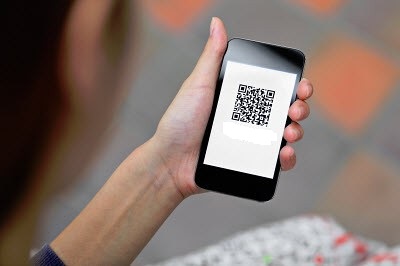The Power Suit from Heritage Bank lets consumers make a payment with their sleeve.
The Australian bank has partnered with VISA and premium Australian tailors, M.J. Bale, to develop this wearable tech that lets people make contactless payments via Near Field Communication (NFC) technology.
The NFC chip is woven directly into the suit.
This wearable technology garment uses the identical NFC chip that is found in VISA payWave terminals. However, instead of being integrated into a card, the chip is weaved right into the suit’s sleeve and is then connected to the account of the “Power Suit” wearer. Once activated, the wearer can then make contactless payments with their suit by simply tapping or waving their sleeve over the payWave terminal.
The Power Suit is made from the finest Australian merino wool and tailored in Japan by M.J. Bale. It utilizes Visa’s payWave system to link to the mobile wallet from Heritage Bank. Those who wear the suit can add funds to their mobile wallet with their bank’s credit or debit card and use it to buy merchandise.
This smartsuit eliminates the need to carry around a credit card. As long as the NFC chip makes contact with the terminal, the payment is processed. That said, currently, to make a payment with the suit, purchases must be under AUD $100.
M.J. Bale CEO Matt Jenson commented that “The prototype means the wearer doesn’t need to ruin the cut of their trousers or jacket with a bulky wallet. It allows individuals to be ahead of the technology game and look top notch.”
This wearable tech is also supporting a good cause.
According to the Heritage Bank’s official website, 11 prototype suits have been designed for select lucky customers across Australia, to test the new tech-savvy concept. In addition, the Heritage Bank put up a twelfth suit for a charity auction online. This suit recently sold for $510 via eBay and all of the proceeds from the auction were given to 4 ASD Kids, a charity that supports children with autism spectrum disorders (ASD).
Thus, the winner of the auction is not only the owner of rare and innovative wearable tech they also had a hand in helping out in raising awareness and money for kids with ASD.


